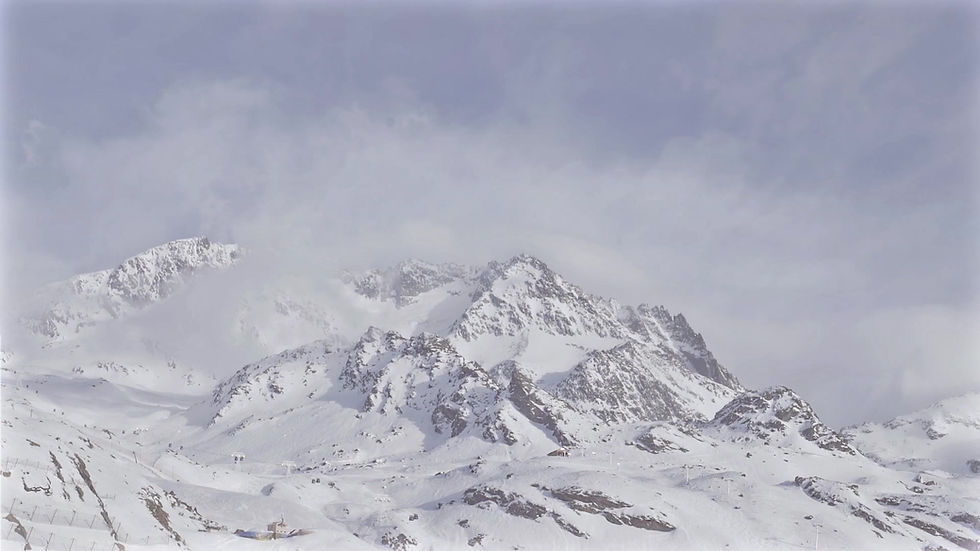


NORWAY

ENTSO-E REALTIME SPOT PRICES

Use the Spot Market in Norway
Introduction: The Power of the Spot Market
The energy market is a complex system, but for consumers in Norway, there's a simple way to save money: the spot market. Here, prices fluctuate constantly, depending on supply and demand. With the right tool, you can leverage these fluctuations to your advantage. One such tool is the Stromfee Shelly Switcher. In this blog post, you'll learn how to use the Stromfee Shelly Switcher to get the best prices on the Norwegian spot market.
(Spot Market: A marketplace where goods are bought or sold instantly, in this case, electrical energy.)
What is the Stromfee Shelly Switcher?
Before diving into the details, let's clarify what the Stromfee Shelly Switcher is. It's a smart switching device that operates using the MQTT protocol. With it, you can control your electrical devices and monitor energy consumption in real time.
(MQTT Protocol: A communication protocol used for transmitting data between devices in a network.)
Connecting to the Spot Market
The first step is to link the Stromfee Shelly Switcher with current spot market prices. For this, there are specialized apps and software solutions that provide an interface to the spot market. Once connected, the switcher can fetch real-time prices and react accordingly.
Automation for the best price
The key to saving lies in automation. The Stromfee Shelly Switcher can be programmed to automatically turn devices on or off depending on how high or low the current spot market price is. For example, you could set your washing machine to run only when the price is particularly low.
Flexibility is key
Of course, there are times when you can't wait for the price to drop. In such cases, the Stromfee Shelly Switcher offers the flexibility to be manually controlled. So you can choose whether to use automation or take control yourself.
Data security and privacy
Another important aspect is data security. The Stromfee Shelly Switcher uses the secure MQTT protocol to ensure your data is protected. So you can rest assured that your information is safe.
Conclusion: Smart Savings with the Stromfee Shelly Switcher
The Stromfee Shelly Switcher offers an effective way to leverage the best prices on the Norwegian spot market. By connecting to real-time prices and having the option for automation, you can significantly reduce your energy costs. And thanks to its flexibility and data security, it's an all-around sensitive solution for any household.
#ElectricityFeeShellySwitcher #SpotMarket #EnergyCosts #Norway #Automation #MQTT #DataSecurity

News Section

Understanding the Norwegian Energy Market:
A Guide to NO1, NO2, NO2NSL, NO3, NO4, NO5
Introduction: The Norwegian Energy Landscape
Norway is known for its advanced and sustainable energy sector, which is largely driven by hydroelectric power. The country has a unique energy market that is divided into different zones. These zones are represented by the codes NO1, NO2, NO2NSL, NO3, NO4, and NO5. Understanding these zones is crucial for anyone looking to navigate the Norwegian energy market effectively.
NO1
Southern Norway
NO1 represents the southern region of Norway. This area is characterized by a high concentration of hydroelectric power plants. The energy prices here are often influenced by the availability of water resources.
NO2NSL
Western Norway (Special Listing)
NO2NSL is a special listing within the NO2 zone. It is often used for specific contracts or special trading conditions that are not generally applicable to the broader NO2 area.
NO4
Troms and Finnmark
NO4 covers the northernmost regions of Troms and Finnmark. While hydroelectric power is still prevalent, this area is more remote and may have different energy needs and pricing structures.
NO2
Western Norway
NO2 covers the western region of Norway, another area rich in hydroelectric resources. The energy prices in this zone are also largely determined by hydrological conditions.
NO3
Trøndelag and Nordland
NO3 represents the Trøndelag and Nordland regions in the central part of Norway. This zone is also rich in hydroelectric power but can have different pricing dynamics due to its geographical location and demand patterns.
NO5
Oslo and Eastern Norway
NO5 represents the eastern region, including the capital city of Oslo. This area has a diverse energy mix and higher demand due to industrial and residential consumption. Prices here can be influenced by a variety of factors, including import and export conditions.
Conclusion
Navigating the Zones
Understanding these zones is essential for anyone involved in energy trading, management, or consumption in Norway. Each zone has its unique characteristics and pricing dynamics, influenced by factors such as hydrological conditions, demand, and geographical location.
#NorwegianEnergyMarket #NO1 #NO2 #NO2NSL #NO3 #NO4 #NO5 #EnergyZones #HydroelectricPower



